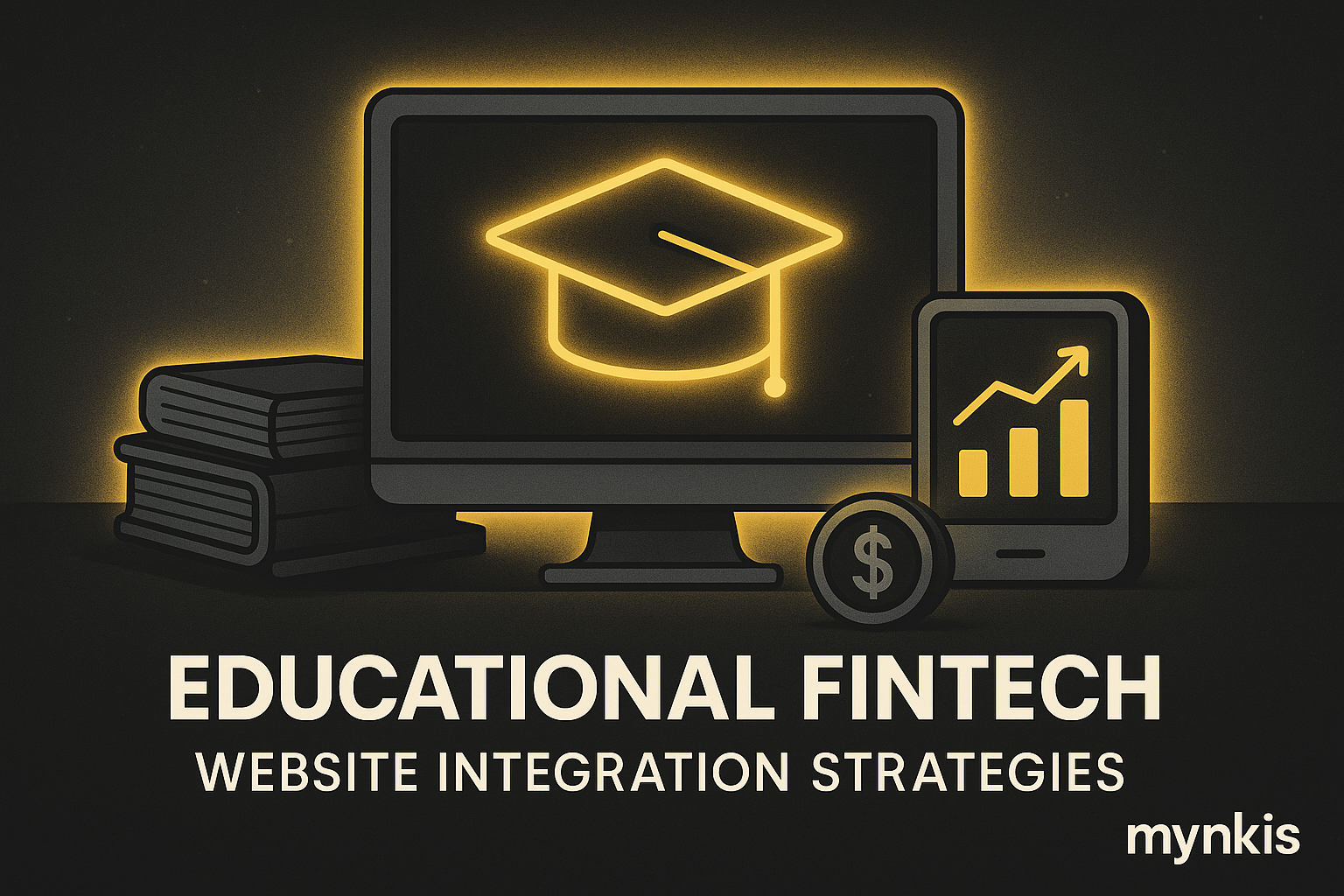Schedule a Demo
Integrating a fintech application into your educational website can be like fitting the last puzzle piece into a long-completed set—the final touch that could transform user experience. This critical juncture is especially relevant to schools and universities who are looking for comprehensive, seamlessly integrated solutions that not only enhance their learning management systems but also optimize their search engine visibility. In working with various institutions, I've observed how well-executed fintech integration leads to a streamlined flow of administrative tasks, secure financial transactions, and data aggregation that's second to none.
The financial sphere of education demands security, reliability, and ease of use. Your students and staff members will rely on the systems for tuition payments, financial aid management, and other critical operations. To meet these stringent requirements, the first step involves careful selection of your fintech partner. A good partner will not only provide the technological backbone but will also share your vision for education, ensuring the fintech tools are tailored to complement your institution's unique processes and pedagogy.
When designing the architecture for fintech integration, it's key to assess how these tools will interact with your existing platforms. Here, we'll focus on API-driven approaches for a few strategic reasons:
I've seen a notable case where a university integrated their scholarship management system via APIs, which not only saved administrative hours but also drastically improved the student experience with real-time scholarship status updates.
After laying the foundations of integration, it’s the user experience where the magic happens—or where everything falls apart. User interfaces within educational fintech apps need to cater to varied audiences—from tech-savvy professors to first-year students uncertain about online payments. Clarity, consistency, and minimalism are your friends here. Strive for designs that are easy to navigate, with payment functions logically placed and supported with intuitive prompts and robust error handling.
Based on available research, design preferences may vary widely, and individual satisfaction with the user interface will reflect this. That's why institutionally, investing in user testing with real students and faculty can illuminate any frustrations or fine-tune the guidance systems that have the potential to significantly enhance your overall fintech toolset.
In the educational sector, the stakes for data security are high due to FERPA (Family Educational Rights and Privacy Act) and similar regulations globally. Ensuring your fintech app not only integrates but protects personal data at every touchpoint is paramount. This means implementing multi-layered security protocols like encryption, authentication via secure APIs, and regular security audits.
I recall a situation where a college had to overhaul their entire system after a data breach. By prioritizing compliance in their fintech integration, they not only avoided future issues but also enhanced trust among their user base. Now, they're hailed as an example of cybersecurity best practices.
Imagine a student looking for information on financial aid. They type a query into a search engine, expecting fast and accurate results directly from your institution's site. That's where optimizing for SEO becomes mission-critical. For educational institutions diving into fintech app development, it’s not enough just to integrate; your fintech tools must also contribute to your website's ranking prowess.
Ensure that your fintech pages are keyword-rich without sacrificing readability. Include descriptions about your app’s features and its role in supporting the student life cycle. Making your financial aid section or payment portal findable is particularly useful, as it addresses direct needs at pivotal moments in a student's academic journey.
Mobile-first design is another non-negotiable for modern educational platforms. With increased access to educational fintech from mobile devices, you’ll want to confirm your integrated applications are responsive and optimized for smaller screens. Responsive design promotes better usability, leading to happier and more engaged users who might not always be engaging with your systems from a desktop.
Once integrated, maintaining the health of your fintech app and its interactions with your website is crucial. The digital world marches on, with new features and technologies emerging constantly. Your educational institution must stay adaptable, keeping updates minimal for the end-user but seamless on the backend.
I’ve witnessed firsthand the sheer relief on the faces of both IT staff and users when system updates don't interrupt the academic workflow. Consistent, automated testing for any integration changes gives you the confidence to roll out enhancements that you know won’t break the integration or degrade the user experience.
Moreover, building strong documentation and providing comprehensive training materials to your staff is essential. Education is about fostering understanding, and your fintech systems should be no exception. Equip those on the front lines with the knowledge to support users without always involving the IT team.
The final—or rather, ongoing—aspect of integrating fintech solutions into your educational website revolves around engagement and marketing. How can you leverage these tools not just for functionality but also to communicate directly and effectively with your students and parents?
Developing a content strategy that champions your fintech app is smart. Posts can include guides to using the system, showing cost savings over time, and testimonials from students who appreciate the streamlined experience. Track engagement with such content to fine-tune your approach, increase satisfaction, and perhaps even improve retention through enhanced financial wellness of your student body.
